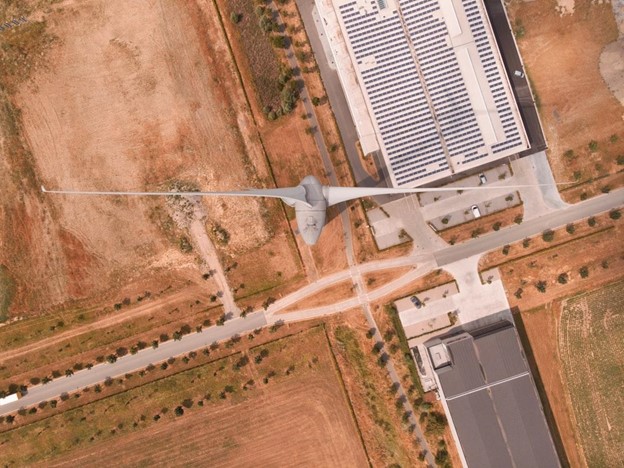How Emerging Technologies are Transforming Land Services for Renewable Energy
Emerging technologies are revolutionizing the landscape of land services, particularly within the renewable energy sector. As the world increasingly turns towards sustainable energy solutions, the integration of advanced tools and innovative approaches is streamlining processes and enhancing efficiency. From drone surveys and geographic information systems (GIS) to blockchain for transparent transactions, these technologies are reshaping how land is acquired, managed, and utilized for renewable projects. In this article, we will delve into the transformative impact of these advancements and explore what role land services will play in renewable projects in the future.
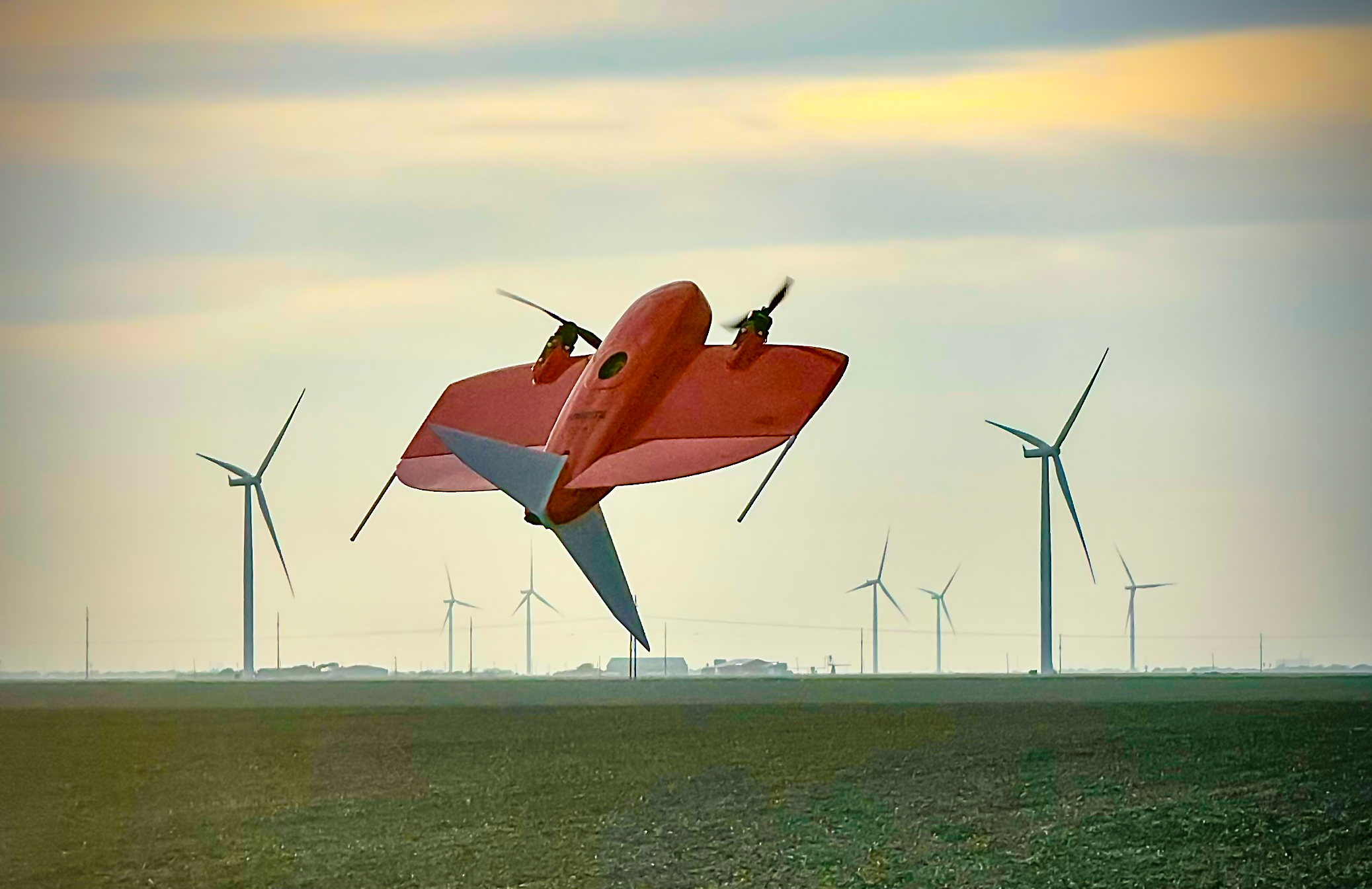
The Role of AI and Machine Learning
Predictive Analytics for Site Selection
Predictive analytics driven by AI and machine learning is revolutionizing the site selection process for renewable energy projects. By analyzing vast amounts of data, including historical weather patterns, land usage, and environmental impact assessments, these technologies can identify the most suitable locations for wind, solar, and other renewable energy installations. This not only reduces the time and resources spent on site surveys but also enhances the accuracy of site selection, ensuring optimal energy production. Additionally, predictive analytics can forecast future site performance, allowing stakeholders to make informed decisions that maximize efficiency and return on investment. As the renewable energy sector grows, the integration of AI and machine learning will play a crucial role in optimizing land services and ensuring the success of future projects.
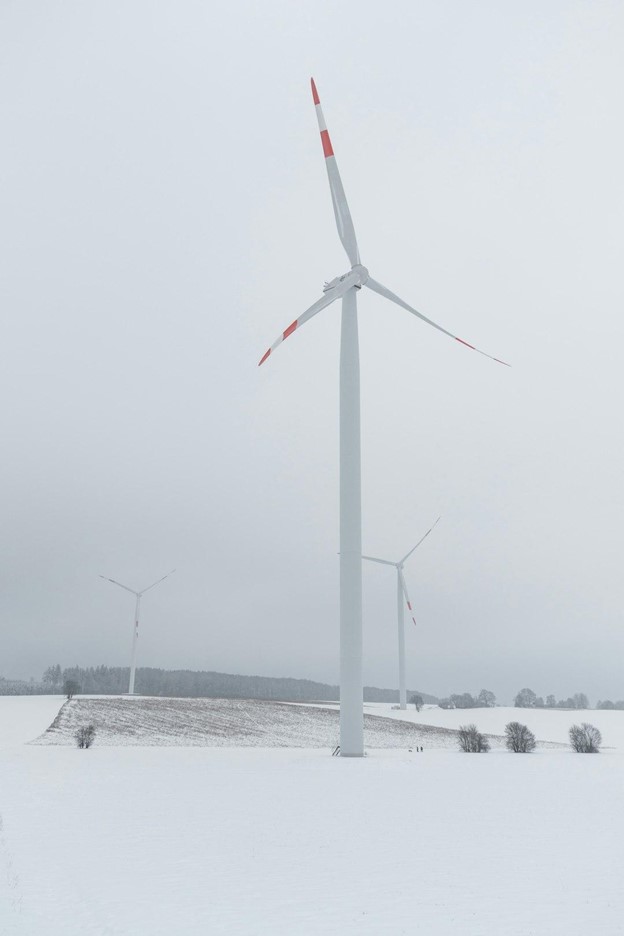
Automated Land Assessment Tools
Automated land assessment tools powered by AI and machine learning are transforming how land is evaluated for renewable energy projects. These tools utilize algorithms to process satellite imagery, topographical data, and environmental records, providing comprehensive land assessments in a fraction of the time it would take manual methods. By automating the analysis, these tools can quickly identify potential issues such as soil erosion, flood risks, and biodiversity considerations. This level of detailed assessment ensures that land selected for renewable projects meets all necessary criteria for sustainability and efficiency. Furthermore, automated land assessment tools can continuously monitor land conditions, offering real-time updates and alerts to stakeholders. This proactive approach allows for timely interventions and adjustments, ultimately leading to more successful and resilient renewable energy projects.
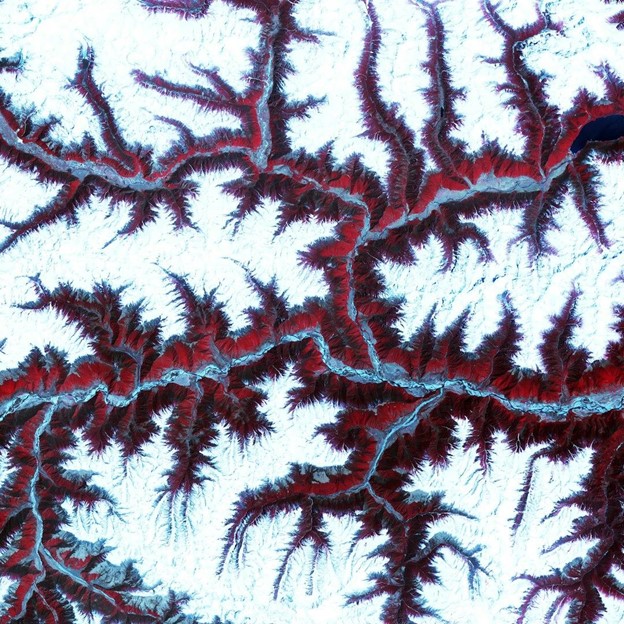
Enhancing Environmental Impact Studies
AI and machine learning are significantly enhancing the accuracy and efficiency of environmental impact studies for renewable energy projects. Traditional environmental assessments can be time-consuming and labor-intensive, often involving extensive fieldwork and manual data analysis. However, AI-driven tools can rapidly analyze large datasets, including biodiversity records, climate models, and pollution levels, to predict the environmental impact of proposed projects. This allows for more comprehensive and precise studies, ensuring that potential negative impacts are identified and mitigated early in the planning process. Additionally, machine learning algorithms can continuously update environmental models based on new data, providing real-time insights and enabling adaptive management strategies. This proactive approach not only helps in securing regulatory approvals but also ensures that renewable energy projects are developed in an environmentally responsible manner, aligning with global sustainability goals.
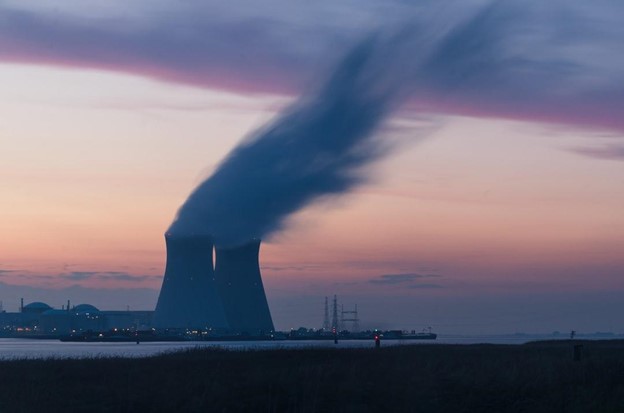
IoT and Remote Sensing Technologies
Real-Time Data Collection
Real-time data collection through IoT and remote sensing technologies is revolutionizing the management of land for renewable energy projects. IoT devices and sensors can be deployed across large tracts of land to continuously monitor environmental conditions, such as soil moisture, temperature, and wind speed. This data is transmitted in real-time to centralized systems where it can be analyzed and utilized for decision-making. Remote sensing technologies, including drones and satellites, complement this by providing high-resolution imagery and geospatial data. This enables a dynamic and up-to-date understanding of site conditions, allowing for immediate response to any issues that arise. Real-time data collection not only enhances operational efficiency but also supports predictive maintenance and optimal resource allocation, ensuring that renewable energy installations perform at their best. Consequently, these technologies are crucial for the scalability and sustainability of renewable energy projects in the future.

Drones for Land Surveying
Drones are becoming indispensable tools for land surveying in renewable energy projects. Equipped with high-resolution cameras and advanced sensors, drones can capture detailed aerial images and geospatial data swiftly and accurately. This technology allows for the rapid assessment of large and often inaccessible areas, significantly reducing the time and cost associated with traditional ground surveys. Drones can map terrain, identify potential obstacles, and monitor environmental conditions, providing valuable data for site selection and project planning. Additionally, the ability to conduct frequent aerial surveys means that land conditions can be monitored continuously, enabling timely interventions and adjustments. The integration of drone technology into land surveying practices enhances precision and efficiency, ensuring that renewable energy projects are developed on the most suitable sites and maintained effectively throughout their lifecycle.

Satellite Imagery for Land Monitoring
Satellite imagery plays a crucial role in land monitoring for renewable energy projects. Offering a bird’s-eye view, satellites can cover vast areas and provide high-resolution images that are essential for assessing and managing land over time. These images help in tracking changes in land use, vegetation cover, and environmental conditions, providing continuous and comprehensive monitoring. By leveraging satellite data, project managers can detect potential issues such as soil erosion, deforestation, or waterlogging, which could impact the viability and sustainability of renewable energy installations. Furthermore, satellite imagery supports compliance with environmental regulations by documenting land conditions and changes over time. This technology ensures that renewable energy projects are developed and maintained in alignment with environmental best practices, thus playing a pivotal role in the responsible and efficient use of land resources.

Future of Land Services in Renewable Projects
Integrating Emerging Tech Solutions
Integrating emerging tech solutions into land services is set to redefine the future of renewable energy projects. Technologies such as AI, IoT, drones, and blockchain are increasingly being used in tandem to enhance the entire lifecycle of land management. AI and machine learning can predict the most suitable sites for renewable installations, while IoT sensors and drones offer real-time monitoring and rapid land assessments. Blockchain technology ensures transparent and secure land transactions, fostering trust among stakeholders. By combining these technologies, land services can achieve unprecedented levels of efficiency, accuracy, and sustainability. This integrated approach not only streamlines processes but also mitigates risks and reduces costs, making renewable energy projects more viable and attractive. As these technologies continue to evolve, their synergy will play a crucial role in advancing the renewable energy sector and ensuring the responsible use of land resources well into the future.
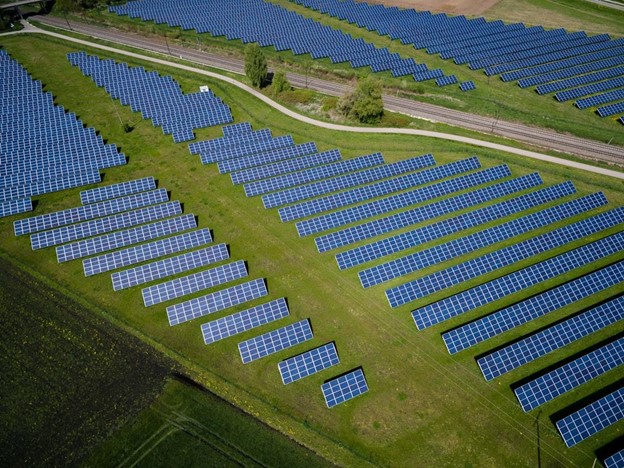
Improving Efficiency and Accuracy
Emerging technologies are pivotal in improving the efficiency and accuracy of land services for renewable energy projects. Tools like AI-driven predictive analytics and automated land assessment systems streamline site selection and evaluation processes, drastically reducing the time and resources required. Drones and satellite imagery provide precise and up-to-date data, ensuring that land surveys are both comprehensive and accurate. IoT devices facilitate continuous monitoring, offering real-time insights into environmental conditions, which helps in proactive decision-making and maintenance. Blockchain technology can secure and streamline land transactions, enhancing transparency and trust among stakeholders. By integrating these technological solutions, renewable energy projects can minimize delays, cut costs, and reduce human error. This not only accelerates project timelines but also ensures that renewable installations are optimally located and maintained, ultimately contributing to the overall sustainability and success of the renewable energy sector.

What Role Will Land Services Play in Renewable Projects in the Future
Land services will play a critical role in the future of renewable projects by leveraging advanced technologies to optimize site selection, management, and sustainability. As renewable energy becomes more prevalent, the demand for efficient, accurate, and transparent land services will grow. Technologies such as AI, IoT, drones, and blockchain will be integral in providing real-time data, enhancing predictive analytics, and ensuring secure transactions. These innovations will enable more informed decision-making, reduce risks, and streamline operations, making renewable projects more viable and attractive to investors. Moreover, continuous monitoring and adaptive management facilitated by these technologies will ensure that renewable installations operate at peak efficiency and align with environmental regulations. Ultimately, the integration of emerging tech solutions in land services will be essential for the scalable and sustainable growth of the renewable energy sector, driving forward the global transition to cleaner energy sources.
